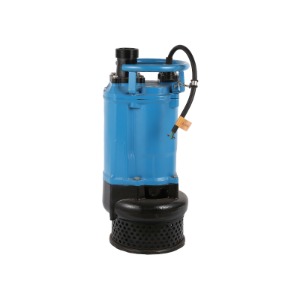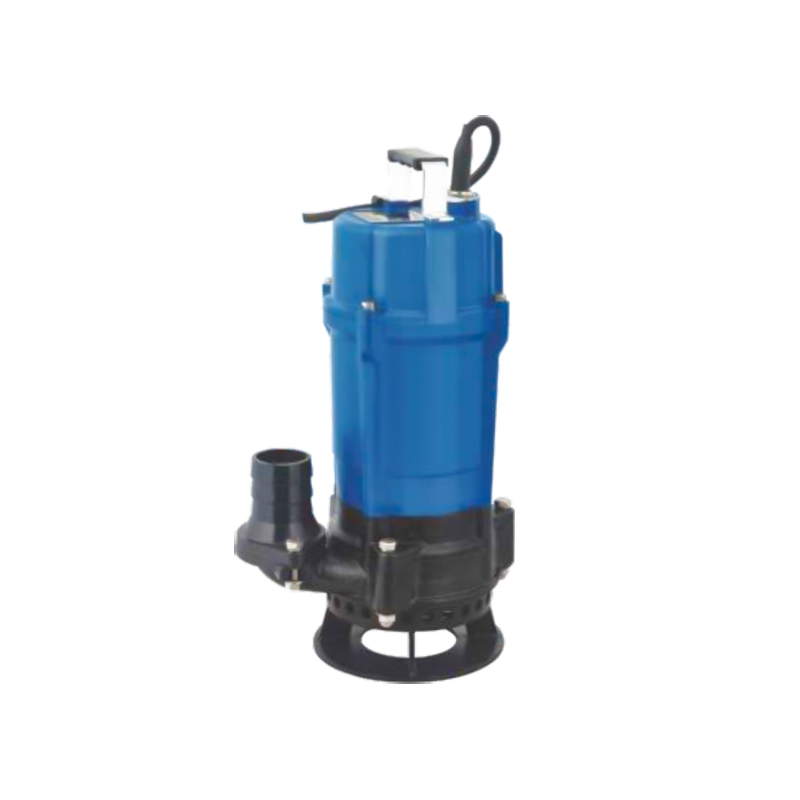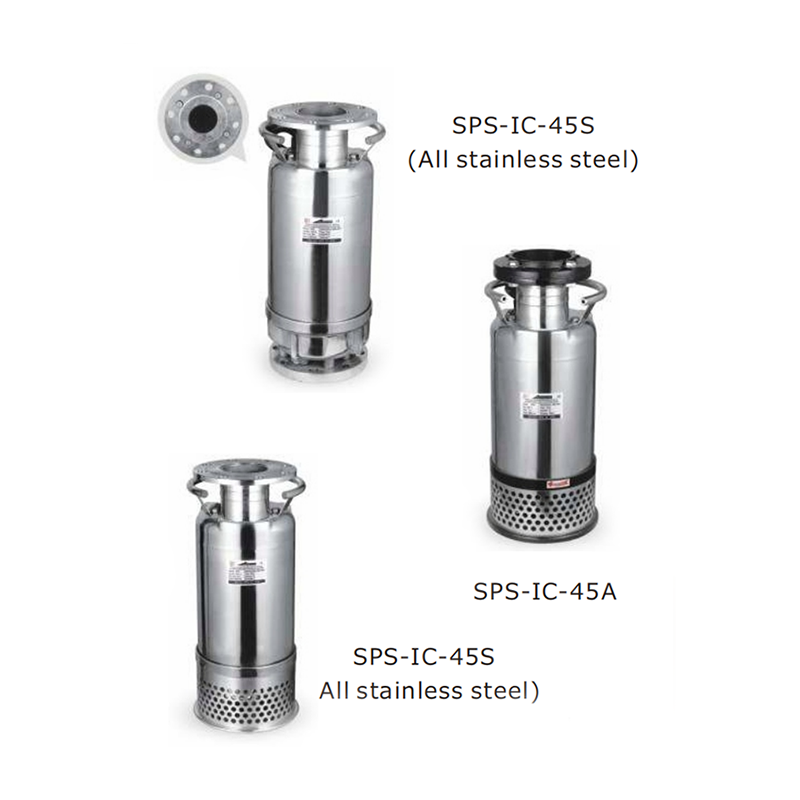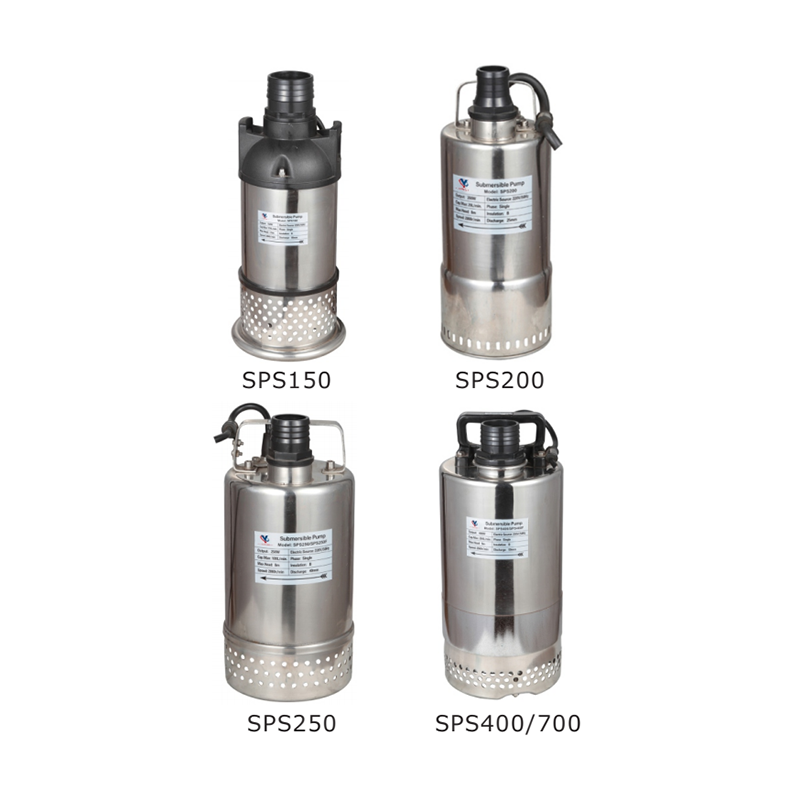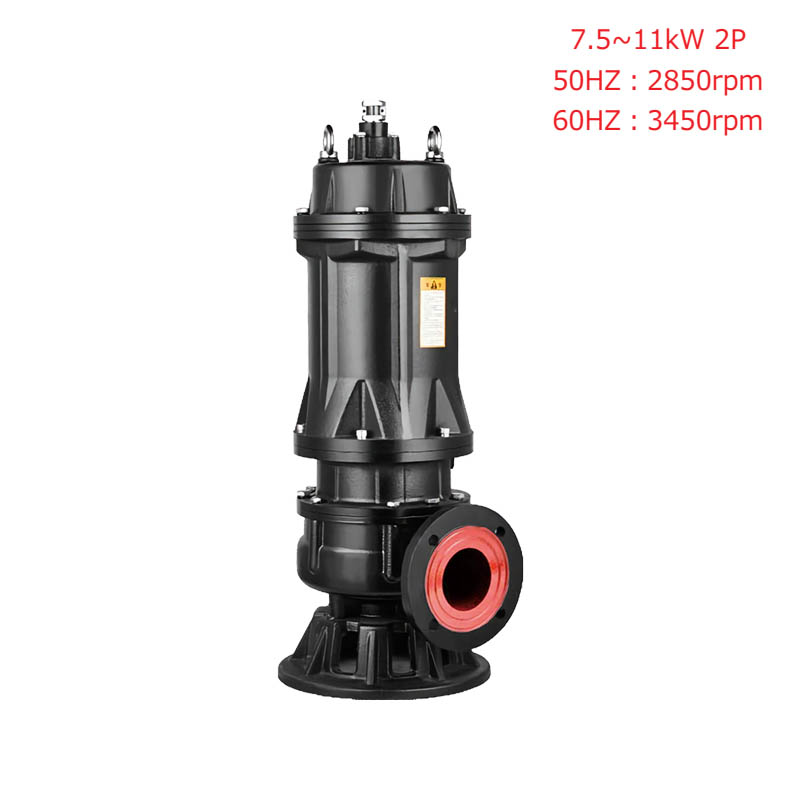Submersible Dewatering Pumps and Submersible Grinder Pumps play essential roles in wastewater management and liquid discharge systems. Whether it's for industrial construction, urban infrastructure, or residential sewage systems, these two types of pumps are widely used in various applications. In this article, we will explore the functions, applications, and importance of these pumps in wastewater management.
1. Submersible Dewatering Pumps: Efficient Water Removal
Submersible Dewatering Pumps are primarily used to quickly remove water from low-lying areas or construction sites where there is no large-scale drainage system. These pumps are capable of working fully submerged, making them highly adaptable to different water levels.
KBS Heavy Duty Submersible Slurry Pump
Submersible Dewatering Pumps are commonly used on construction sites, in tunnels, mining, and agricultural irrigation. They effectively remove rainwater, groundwater, and overflow, keeping work areas dry and preventing delays caused by water accumulation.
2. Submersible Grinder Pumps: Handling Wastewater with Solids
Unlike Submersible Dewatering Pumps, Submersible Grinder Pumps are designed specifically for handling wastewater that contains solid waste. These pumps are equipped with powerful grinders that break down solids into small particles, allowing them to be transported through pipes efficiently. They are ideal for handling wastewater with debris like branches, plastics, papers, or other waste.
Submersible Grinder Pumps are particularly important in urban wastewater systems, where wastewater needs to be pumped over long distances. They prevent clogs in pipes due to solid waste and ensure the stability of the sewage system for the long term.
3. Differences Between Submersible Dewatering Pumps and Grinder Pumps
Although both Submersible Dewatering Pumps and Submersible Grinder Pumps are submersible, their applications and functions differ. Submersible Dewatering Pumps are better suited for pumping clean water or lightly contaminated water, whereas Submersible Grinder Pumps are intended for handling wastewater containing larger debris, especially in situations where the water needs to be transported over long distances.
Choosing the right pump depends on your project's needs. If you need to remove water quickly and the water contains no solid waste, a Submersible Dewatering Pump is a better choice. However, for handling household, industrial, or commercial wastewater, particularly where larger debris needs to be processed, a Submersible Grinder Pump is more suitable.
4. Applications of Submersible Dewatering Pumps and Grinder Pumps
Both types of pumps are widely used in different industries and environments. Submersible Dewatering Pumps are commonly used on construction sites, in mines, tunnels, and any low-lying areas where water needs to be removed. On the other hand, Submersible Grinder Pumps are essential in residential, commercial, and industrial wastewater management, especially when dealing with larger particles in the wastewater.
These pumps are also utilized in municipal engineering, agricultural irrigation, and emergency flood management, helping to keep environments clean and prevent the adverse effects of standing water on infrastructure and ecosystems.
5. Choosing the Right Pump for Wastewater Management
When choosing between Submersible Dewatering Pumps and Submersible Grinder Pumps, it's important to base your decision on the specific needs of your project. Whether you're dealing with water removal or wastewater processing, understanding the differences between the two types of pumps can help you make an informed choice, ensuring efficient water management and wastewater discharge. Make sure to select the right pump based on the environment, type of wastewater, and pipe system requirements to achieve results.



 English
English русский
русский عربى
عربى